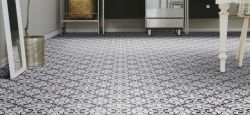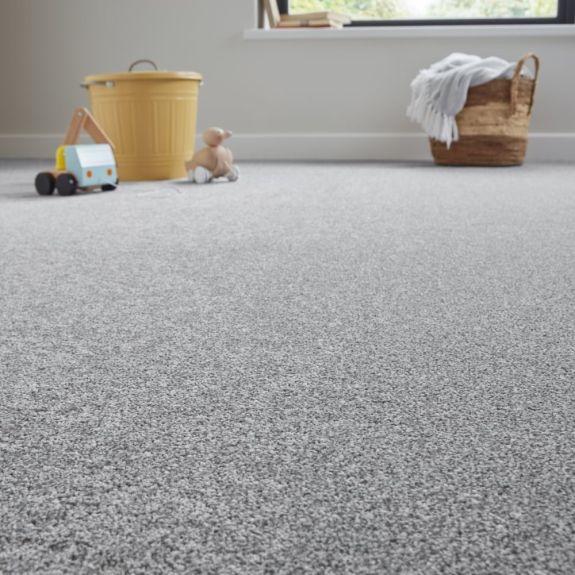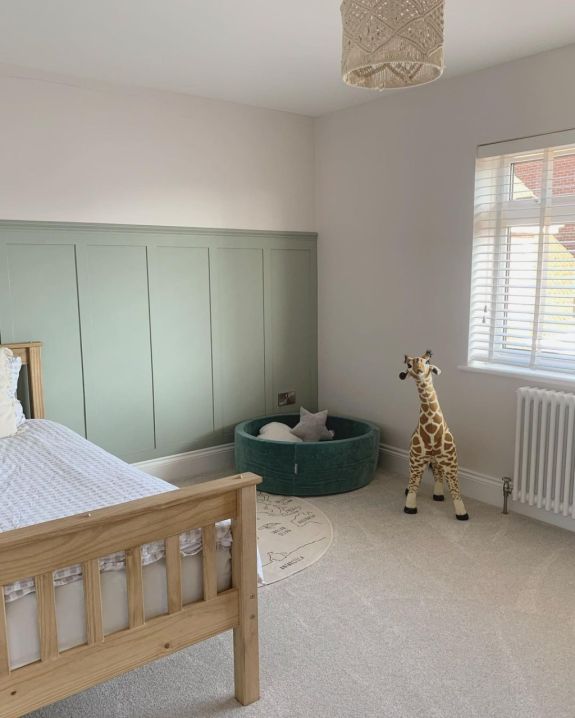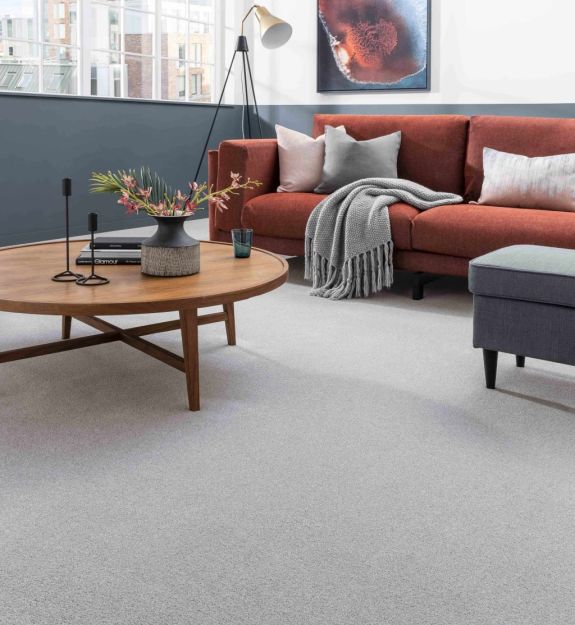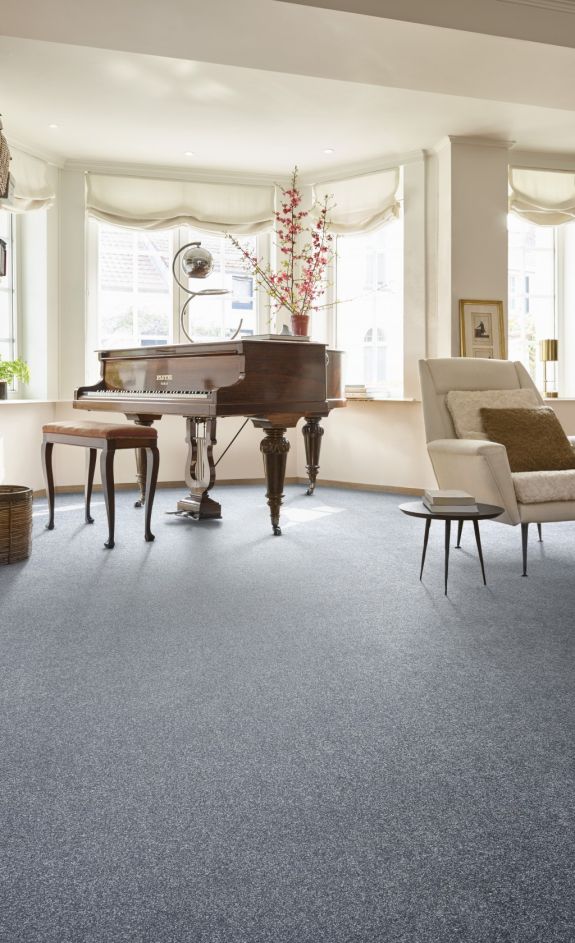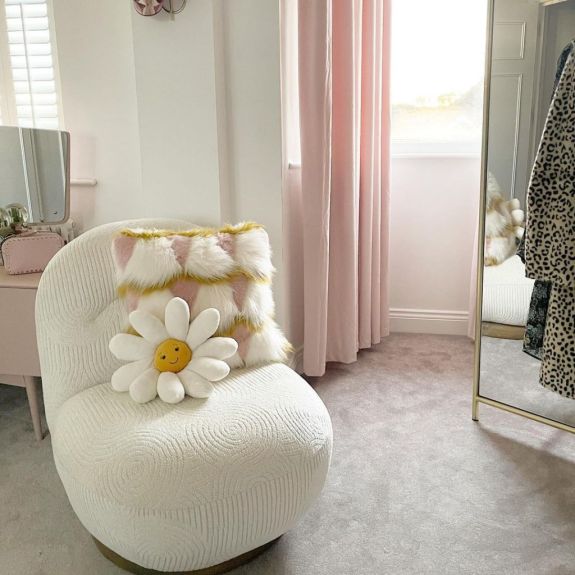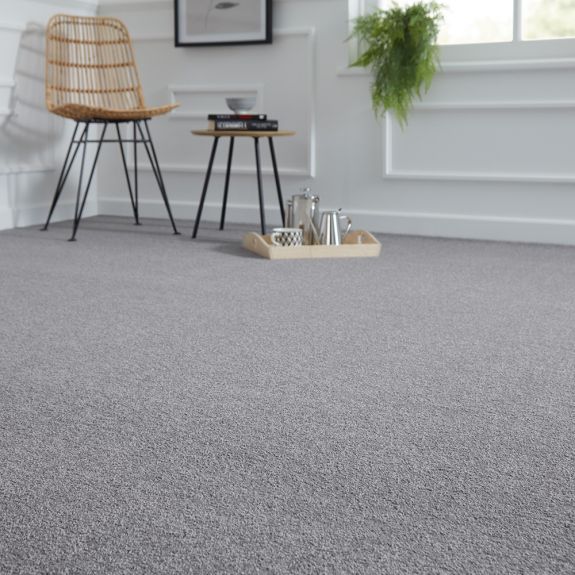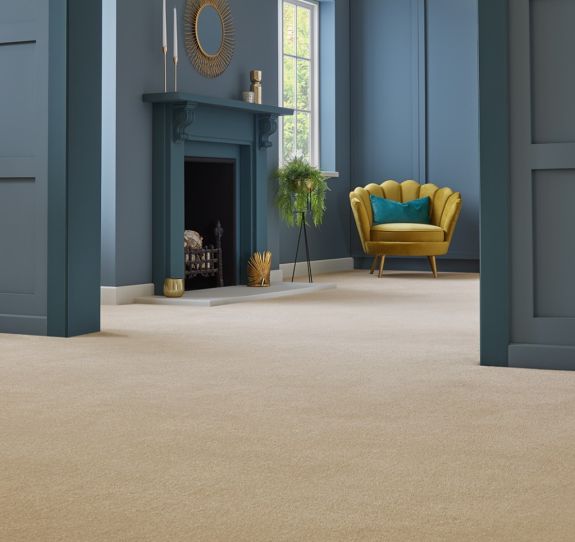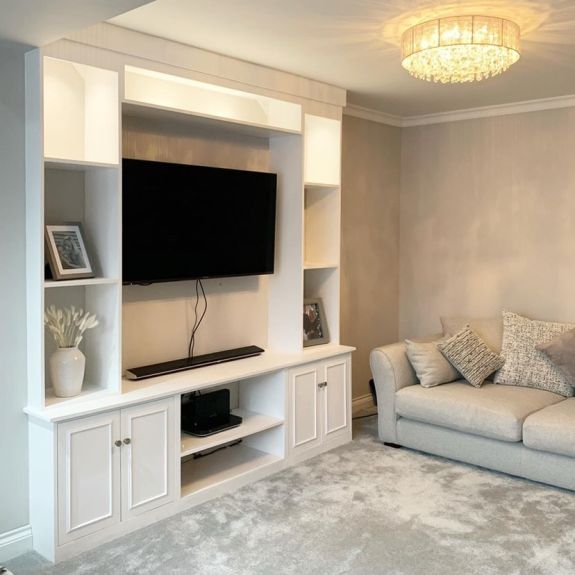1. Pre-installation checks
Before commencing with the office carpet installation, you need to ensure the space is properly prepped. The room must be at optimum temperature and humidity to facilitate correct office carpet installation.
The room temperature should be maintained between 18 ºC and 35 ºC, while the humidity should range between 10% and 65%. And, to make sure the installation of the commercial carpet is successful, it’s best to ensure all your materials are acclimated 48 hours before installation.
2. Floor preparation
Before you begin installing the commercial carpet, you should check the floor is free of holes and loose boards or tiles. If you find any issues with the existing floor, make any necessary repairs to create a smooth surface for your office carpet installation. You should also ensure the floor is dry and dust-free because any debris could prevent your carpet from sticking well to your subfloor.
3. Carpet underlay installation
Before you can install your commercial carpet, first you need to install underlay for your carpet. Lay the underlay out on the floor, in the longest lengths possible, with the seams running perpendicular to the carpet seams. Ensure there are no gaps and trim any excess along the perimeter walls to guarantee a tight fit.
Once laid out, fold back the underlay and apply either with a staple gun or glue to the floor. If using glue, spread the glue adjacent to the walls to ensure the underlay edges don’t curl up. Once the glue becomes tacky, lay the underlay onto the adhesive and smooth it down, working towards the seams and eliminating any bubbles or wrinkles as you go.
Read our guide about how to lay carpet underlay for a more detailed breakdown of this step.
4. Carpet layout
Once the underlay is fully attached to the subfloor, use a carpet knife to cut the commercial carpet to the required length. The carpet should be cut around three-four inches longer than the area to be carpeted. If using patterned commercial carpet, make sure you allow for pattern repeat here.
Lay the cut carpet out, with the carpet seams at right angles to the cushion seams. Align the carpet breadths to their proper position and trim the seams, being careful not to cut into the underlay under the seam.
5. Glue the carpet to the cushion
Next, you need to glue the carpet to the underlay. Use a trowel to uniformly spread the glue over the underlay. Again, wait for the adhesive to take on a tacky consistency, then lay the carpet into the glue. Then, using a carpet roller, roll in both directions to make sure it properly adheres to the underlay.
Once fully laid into the glue, press straight down on the carpet, eliminating any bubbles or wrinkles. The carpet should now be left for at least three hours before rolling for a second time to ensure a strong bond is established.
Make sure nobody walks over the carpet for a minimum of 24-48 hours after installation. The carpet needs time to adhere properly, or you could be setting yourself up for carpet problems in the future!





























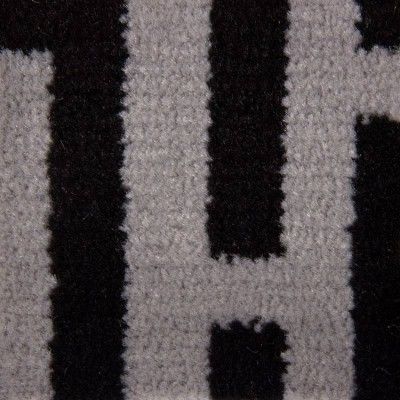

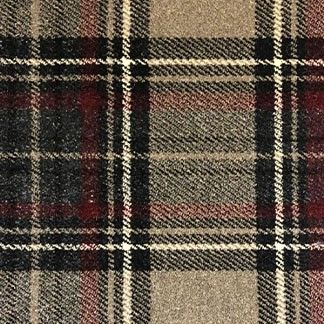
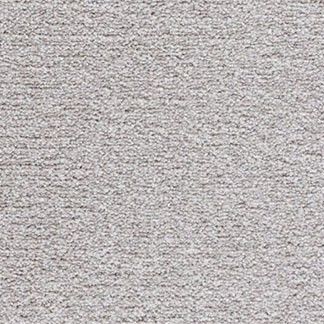













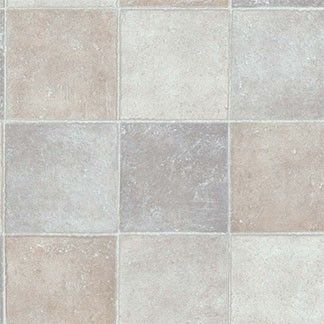
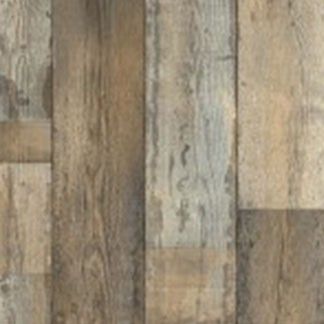









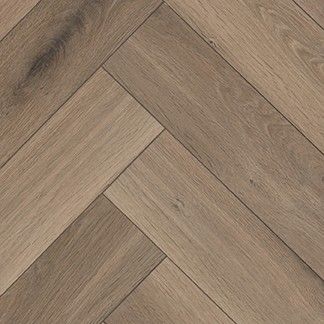
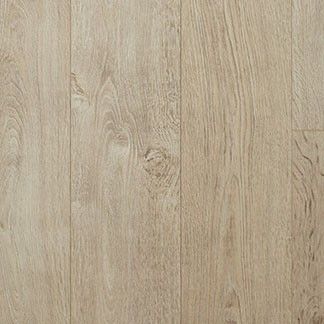

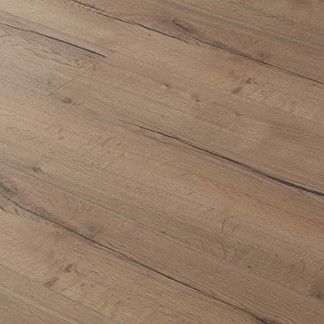












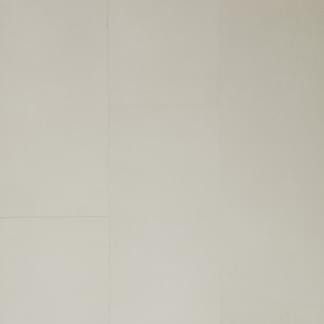





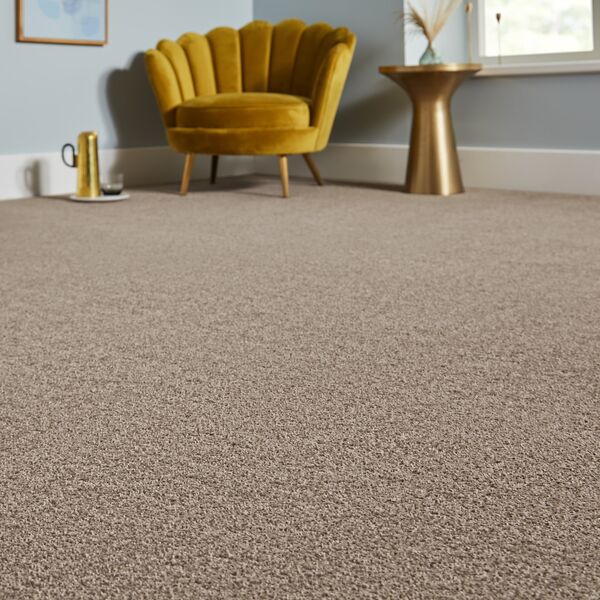
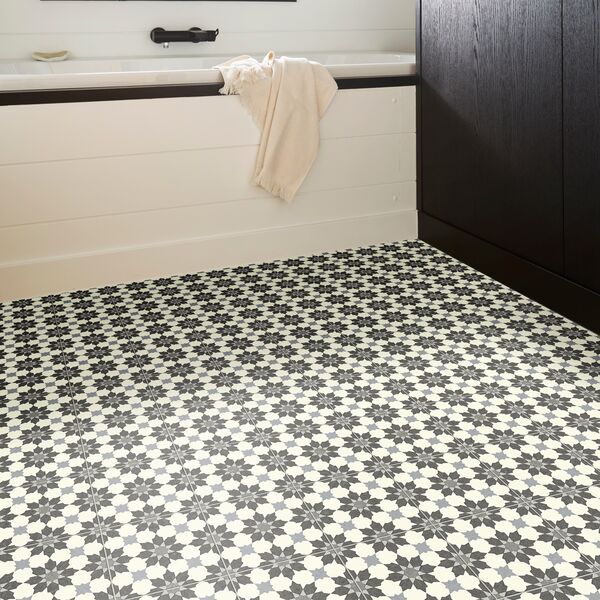
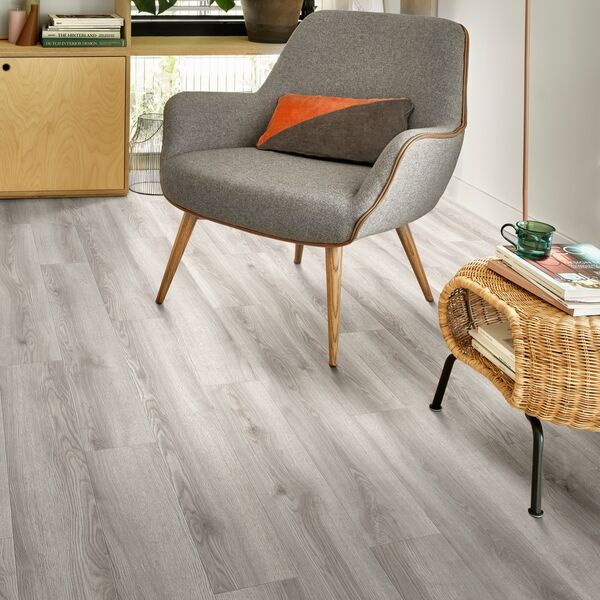
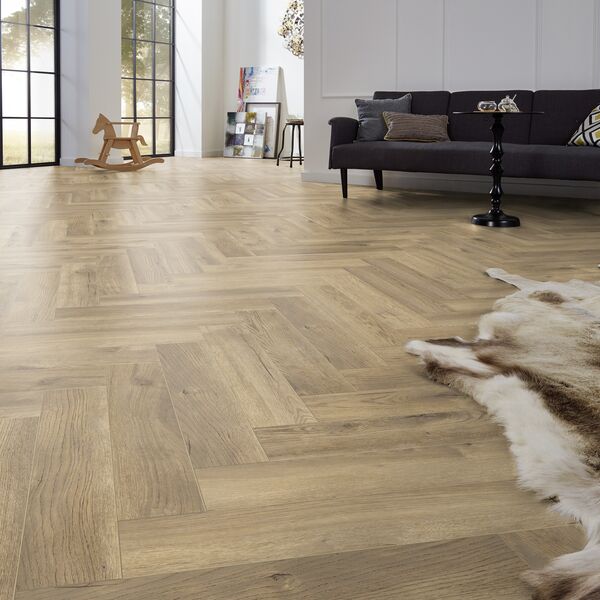
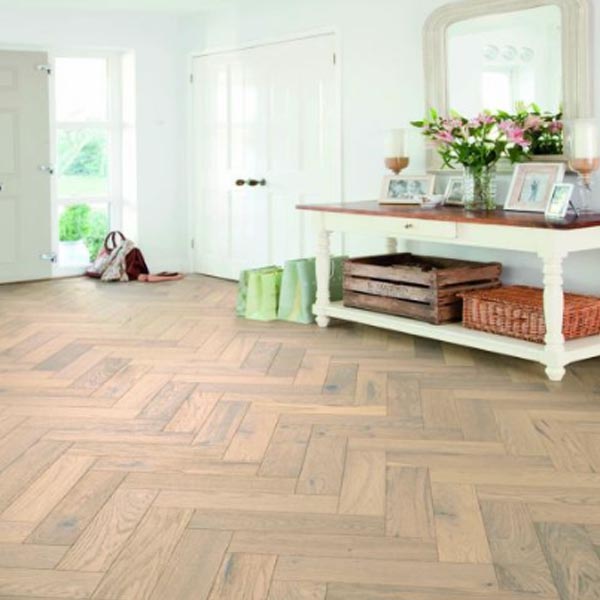

.jpg)
.jpg)

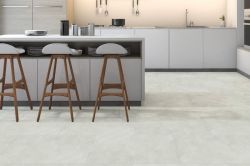



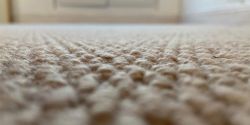
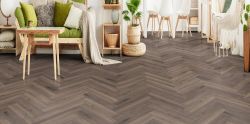



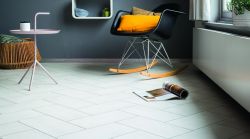
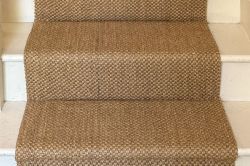

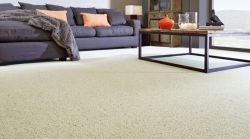
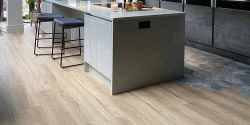

-250.jpg)






-250.jpg)
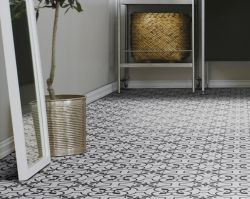
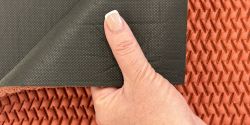
-250.jpg)
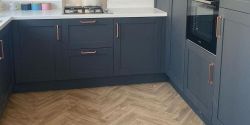
 copy-250.jpg)


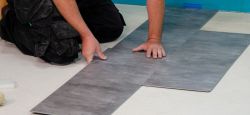


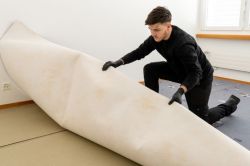


 - Article Image (not header)-250.jpg)
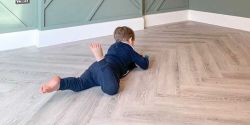
-250.jpg)

-250.jpg)
